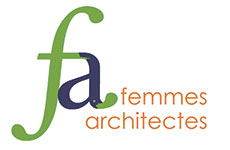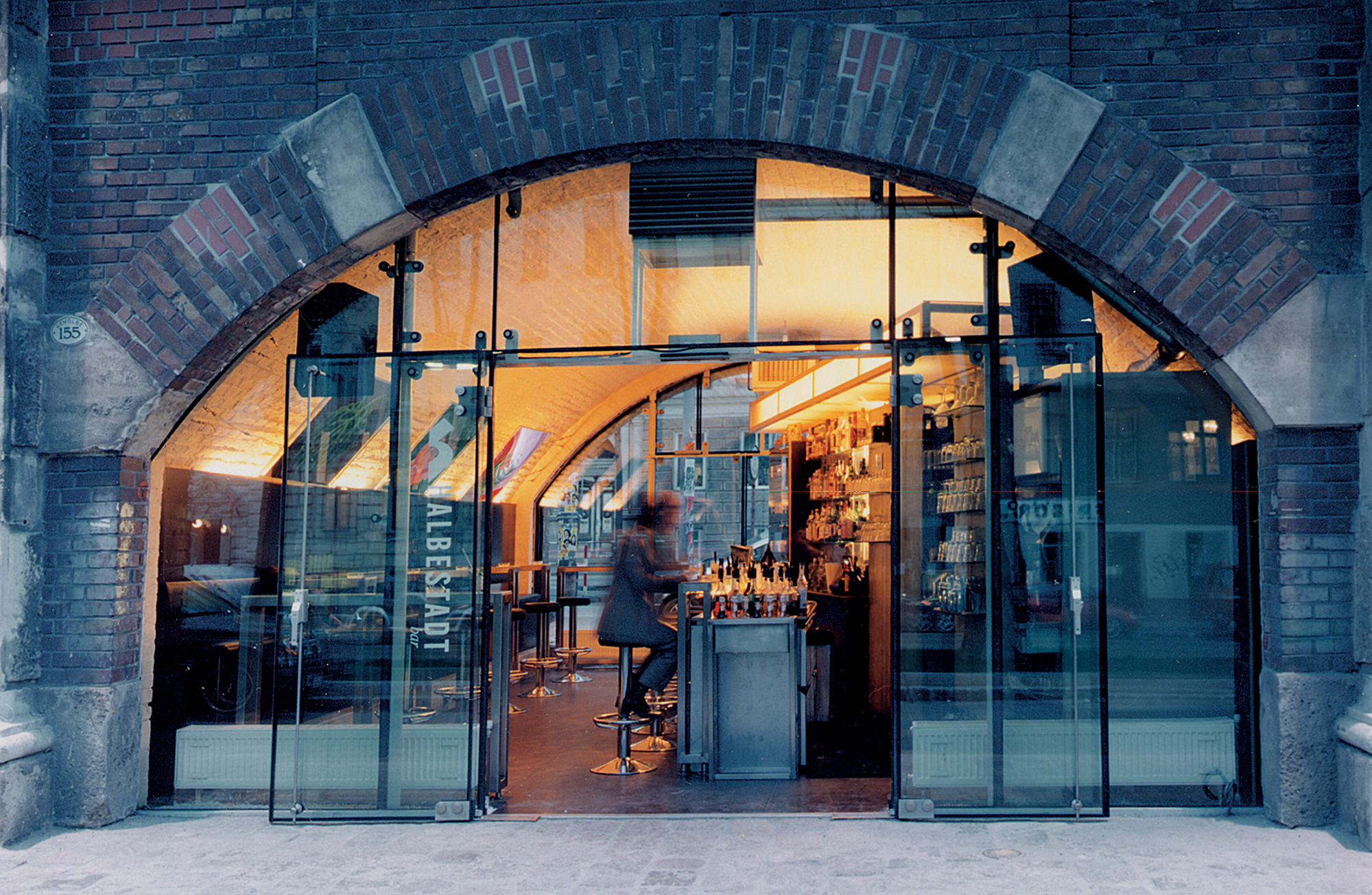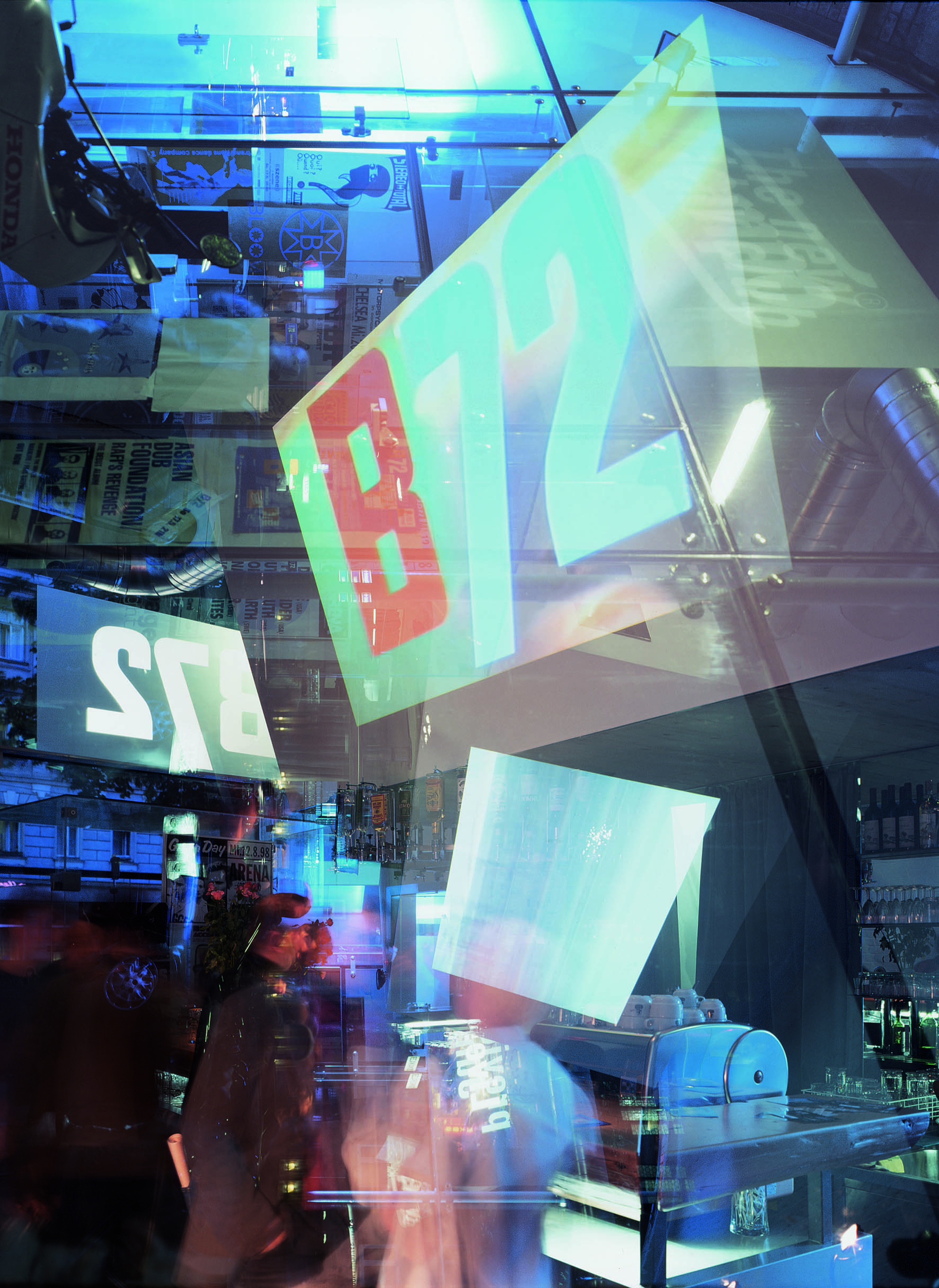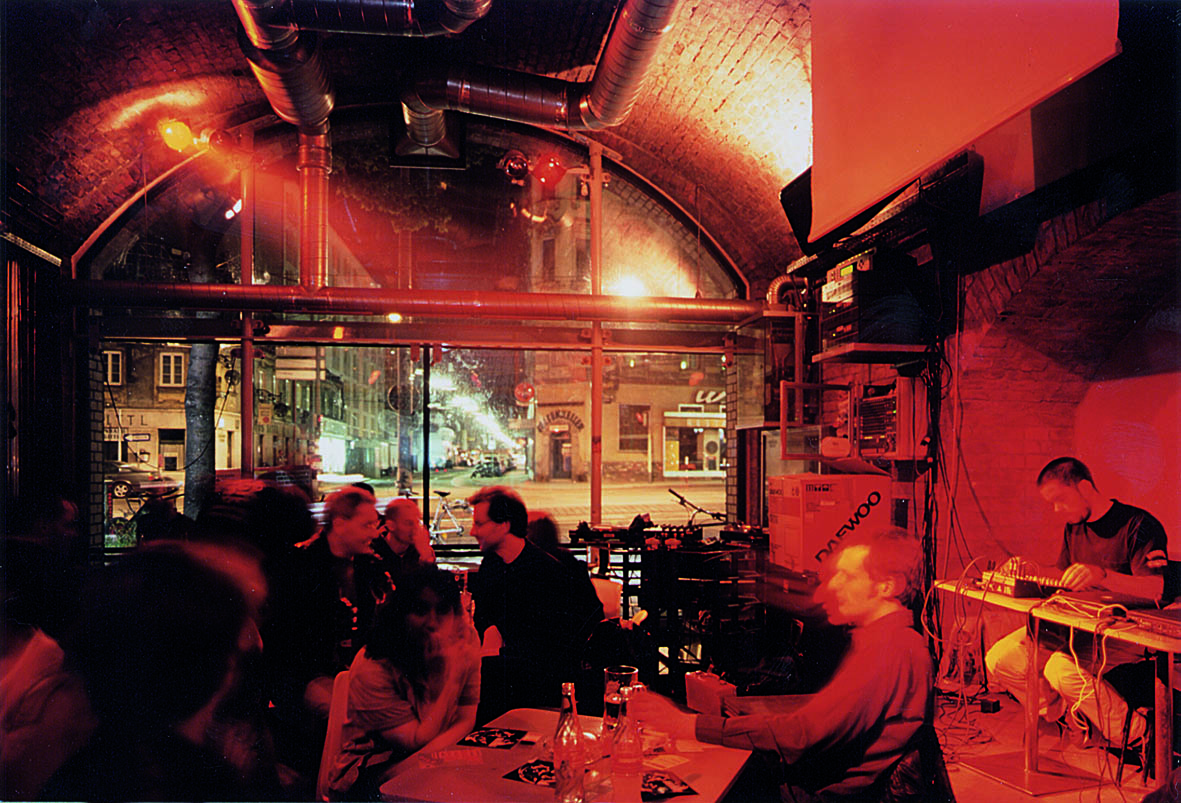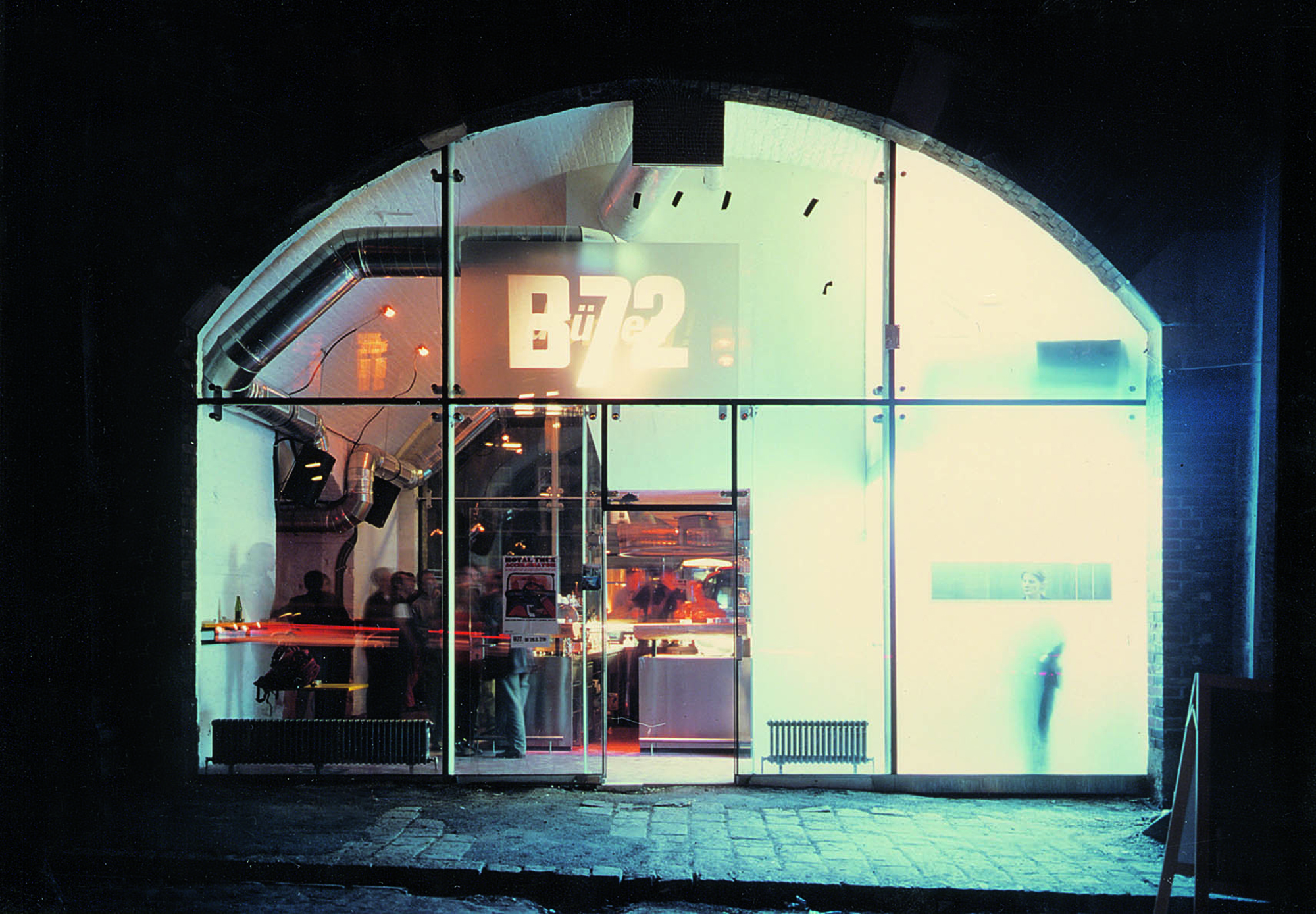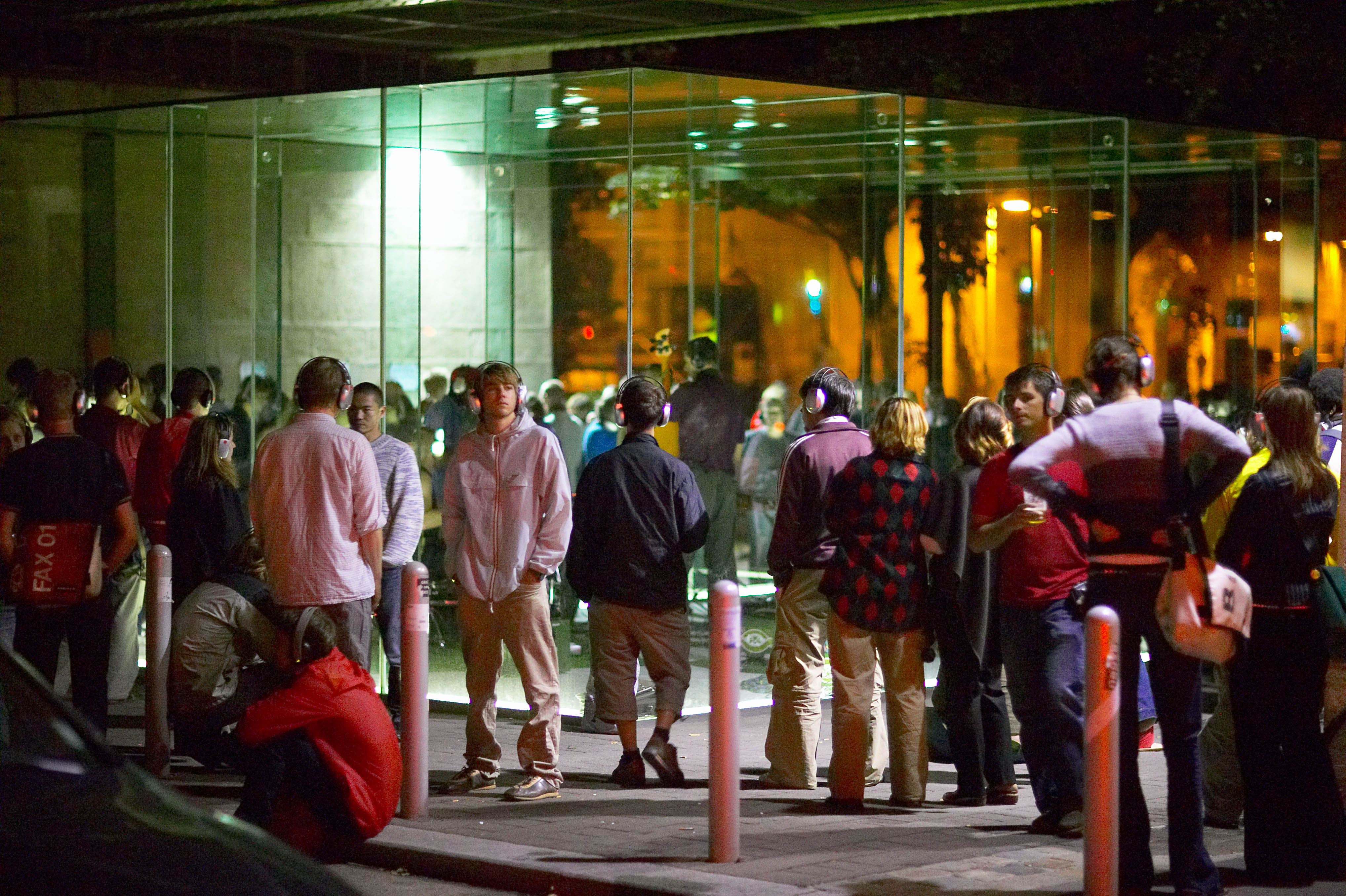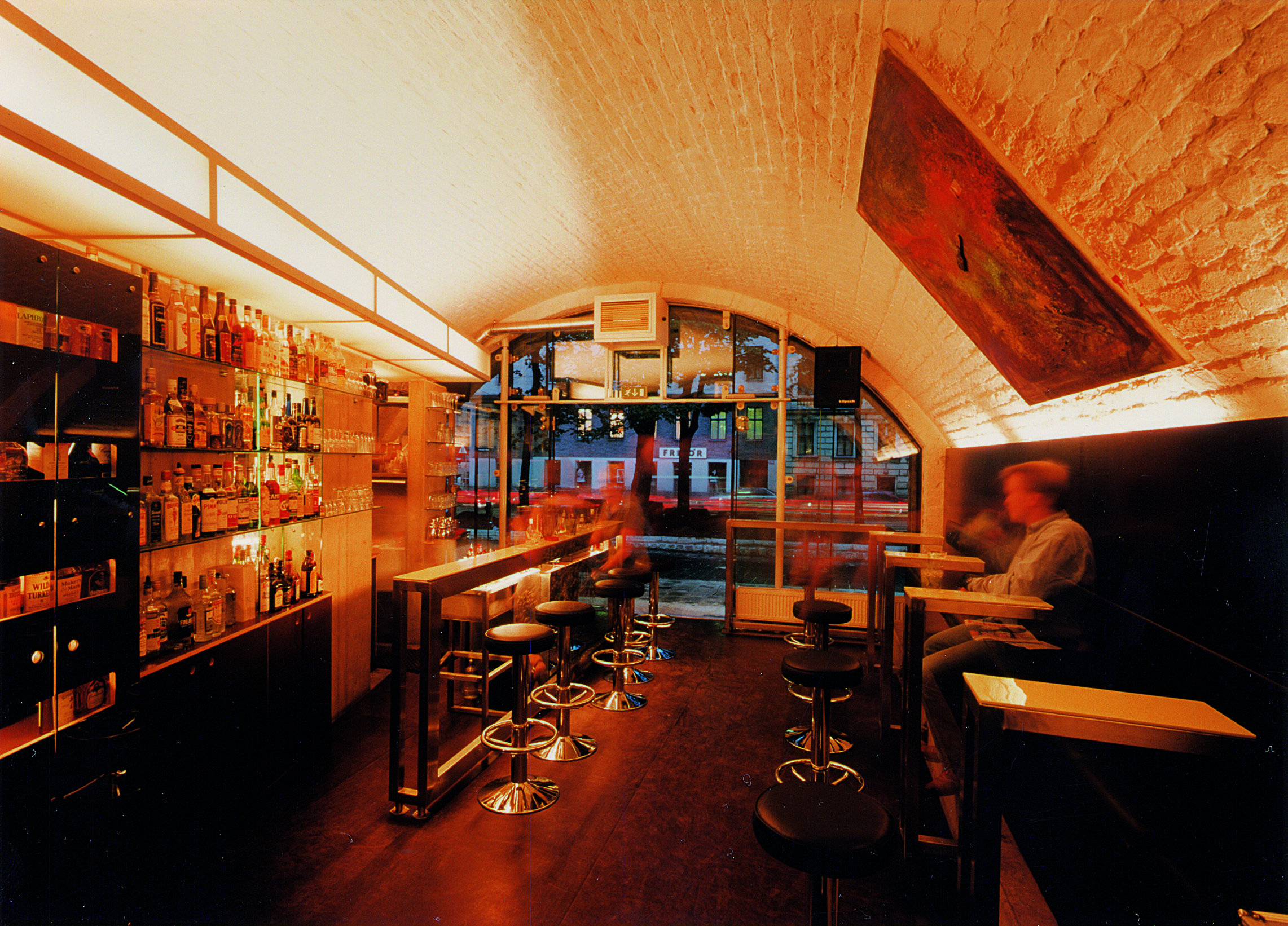
Silja Tillner
- Site : www.tw-arch.at
- Adresse : Margaretenplatz 7 / 2 / 1 1050 Vienna
Silja Tillner is an architect and urban designer who enjoys working in both fields simultaneously, e.g. on large planning projects and careful interventions in the historic city fabric. She has been personally responsible for the revitalization of historic districts and the renovation of numerous listed buildings, where she developed use concepts, design and technical solutions. She has a professional and a personal interest in the protection of historic monuments and has renovated a world-famous building from 1931, the Rietveld House in the Vienna Werkbundsiedlung for herself.
On the URBION project she was responsible for all urban design and architecture projects on the Vienna Gürtel Boulevard, especially the careful renovation of the historic viaduct by Otto Wagner and the sensitive design of new glass facades and interior adaptations to new uses. The project was co-funded by the European Union in the URBAN I program.
On the Vienna Ringstrasse, in the core of the first district, a UNESCO world heritage site, the office was responsible for the renovation of a protected building on the Ringstrasse, Schottenring 14.
Together with her partner, Alfred Willinger, she designed an addition in the court-yard of the listed Luther Museum in Wittenberg.
Currently, Tillner & Willinger is working on the renovation and reuse concept of an ensemble of protected monuments from the 1930s, the stands and stables at the Vienna horse-racing court.
The office has also conceived numerous renovation strategies and studies for listed buildings in Vienna, Salzburg, Zürich and Wittenberg.
Silja Tillner has served on several prestigious advisory boards where she evaluated and advised also on the appropriate approach to historic buildings:
2002 - 2010 she was a member of the board of trustees of IBA Stadtumbau (Urban Redevelopment), in Sachsen-Anhalt, Germany. 2008 - 2011 she was a member of the advisory board of the City of Vienna for urban development and architecture. From 2013 until 2017 she served on the advisory board for urban planning and urban development in the new town-development “Seestadt Aspern” in Vienna. Since 2014 she serves on the Vienna Housing board. Since 2018 she is a professor for Urban Design Planning at the Politecnico di Milano.
|
Revitalization Stadtbahn Arches
When the construction of the Stadtbahn viaduct was completed in the early 20th century, the arches below the elevated train line were left open. It was only in the course of time, when the city grew to reach and engulf the Gürtel, that they were closed off and leased to entrepreneurs. Only a few of the original façades have been preserved intact. In the past decades, many arches were bricked over or disfigured with billboards, thereby concealing the original Stadtbahn viaduct structure. The use of solid, opaque materials destroyed the former transparency of the historical timber/glass portals and intensified the barrier effect between inner and outer districts. The new design approach is to trigger a positive urbanistic change while promoting the degree of visibility and social control of the adjoining pedestrian paths, thus increasing both the use of the area and the feeling of safety experienced by locals and visitors.
The desired level of transparency is achieved by means of a reduced steel structure and a uniform, spot-fixed glazing system. The structural elements – two supports and one horizontal beam – reflect the design principles of the original façade: in keeping with Otto Wagner’s tripartite concept, the supports are situated below the crown brick of each arch while the horizontal beam runs below the intersection of arch curve and straight line.
A modular system was developed for doors, window vents and signboards. Tenants may select and combine individual elements of the system according to their specific needs.
To give a practical demonstration of the concept, Wiener Linien GmbH & Co KG executed arch 168 as a model specimen in 1998. 50 arches were implemented by now.
Completion 2000
|
